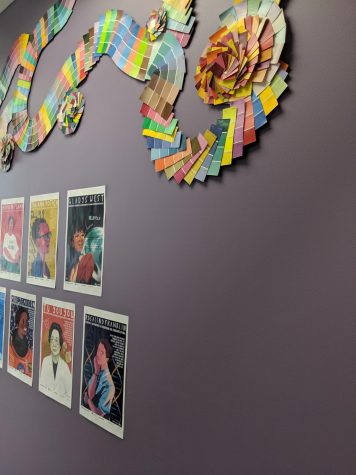A Light at the End of the Red Line: Shady Grove
At first glance, not much seems to differentiate Shady Grove from othercommuter stations. Like most end-of-the-line stops, it is a little island in a sea of parked cars. Traveling almost anywhere from the station requires a car or bus.
The platform, framed by a sprawling parking lot and two gargantuan parking garages, is outdoors and provides several sheltered benches to sit on if the weather is particularly grouchy.
“I don’t know of anything that’s even at the Shady Grove stop, so I have no intention of ever going there,” said Jordan Taylor, a sophomore at American University.
Matt Waskiewicz, a junior, echoed Taylor’s sentiments.
“I have never actually been to Shady Grove,” he said. “I have no real reasons to do so.” Waskiewicz says he once considered going just to see what was there, but has yet to make the journey.
Montgomery County planners have noticed that few recognize Shady Grove as an exciting place to go. In 2006, they developed the “Shady Grove Sector Plan,” available at montgomeryplanning.org, to revitalize the area, attract visitors and increase revenue.
The website states that sector plans usually outline the next 20 years from the adoption date, the county has high hopes for Shady Grove. It intends to build a library, a park, retail centers and more than a thousand new residential units. More sidewalks, crosswalks, and bikeways, which will make the area more accessible and pedestrian-friendly, are also in the works.
While Shady Grove may be initially uninteresting to students, the Washington Metro Area Transit Authority (WMATA) website states that it is vitally important to the nearly 30,000 people that use it daily–some coming from as far away as West Virginia and Pennsylvania. Some day, even students might find reason to make that journey to the end of the red line.






